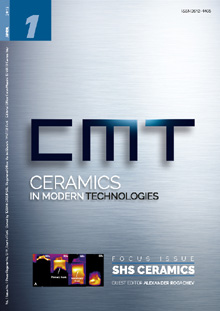- Home
- About us
-
Activities
-
Journals and magazines
-
Meeting and congresses
-
- Contact us

Abstract
Nowadays, ball mills are widely used in cement plants to grind clinker and gypsum to produce cement. The research focuses on the mill speed as well as air classifier speed effect on the two compartment Cement ball mill performance in terms of Blaine, Sulphur trioxide contents, mill power, mill residue and mill residence time. Special importance was assigned to the study of the specific surface area and the surface area production rate, both during the variation with the mill speed and the air classifier speed. Within the content of this work, sampling campaigns were organized around a cement grinding circuit and varying cement ball mill speed as well as an air classifier speed at various dosage feed rate. The fact that such an examination has not been made previously by using industrial data rather than lab scale makes this work unique. The fineness is measured in terms of Blaine number. Mill speed and air classifier speed were the investigating parameters. It was deduced that depending on the speed of mill and air classifier, their effects on Blaine, SO3, mill power and mill performance were varied, ultimately all of them improved the performance of grinding and classification operations. The rapid expansion of ceramic wastes in China has raised great many interests in their sustainable uses in building materials The micro ceramic powder can be taken as a supplementary cementitious material to replace cement up to 40% for tuning the microstructure and mechanical properties of blend cement materials. The Blaine quality dictates strength, setting time and overall performance of cement. Optimum performance of ball mill could potentially refine Blaine fineness, thereby improving the cement quality. This study investigates the effects of separator speed and mill speed on Blaine fineness, mill residue, consumed power. Five speed levels used in closed cycle grinding mill are 200, 400, 600, 800 and 1000 rpm. The capacities were determined to obtain product Blaine surface areas in the limits between 2000 cm2 / gram and Variations in clinker feed rate, mill speed and separator speed could proportionally impact the grain quality of Blaine. When the separator speed is increased from 850 to 900 rpm the Blaine is increased from 2800 to 3000 cm2/g and mill residue decrease from 15 to 10 microns. Therefore, optimum parametric combination could reduce power consumption while improving the cement quality. Knowledge of effects of parametric variations on the quality of end product could be helpful for controlling product quality. Furthermore, proper grinding of clinker produces fine Blaine at first place and reduces the need for recycling of coarse grains.